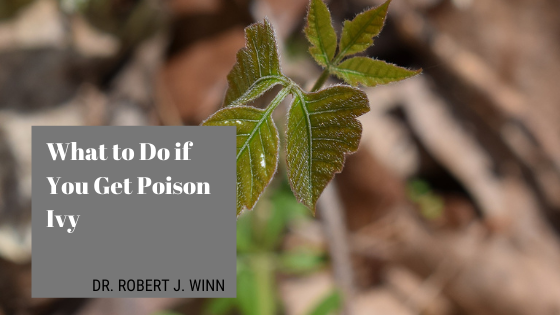Urushiol is the name of a sap-like oil that is found in poison ivy, poison oak, and poison sumac plants. This is the cause of the allergic rash-like reaction that many people get. The oil is located throughout the plants, including the leaves, roots, and stems.
Like with any allergy, some people are asymptomatic the first few times they are exposed. Approximately 85% of the population is likely to experience some kind of breakout eventually. The degree of the outbreak can range from mild itching and redness to swelling and blisters to extreme cases of anaphylactic shock.
The types of people who are most susceptible to catching poison ivy are those who engage in outdoor activity most frequently, such as landscapers, gardeners, farmers, and forestry workers. People who enjoy outdoor recreational activities like camping are also at risk.
People, on average, develop the characteristic rash between 12-72 hours after initial contact. Contrary to popular belief, the rash is not contagious. Only the people who have had direct contact with the oil will risk getting an outbreak themselves. The majority of cases are not severe and don’t need outside treatment other than home remedies. One to three weeks is the typical duration of an outbreak.
The moment you think you’ve come into contact with the plant, it’s essential to wash the affected area as quickly and thoroughly as possible with warm water. Some doctors recommend washing with rubbing alcohol or detergent in addition to warm water. Time is essential since you are in a race against the oil that is working to absorb into the skin. If you can respond quickly enough, you could potentially prevent an outbreak from occurring. In addition to the surface of the skin, it’s also important to scrub under your fingernails. It is also vital to wash any clothing that has come into contact with the plant so you can prevent getting oil on your skin again.
For soothing itchy skin, you can apply soothing lotions, cold compresses, or cool baths. Some more severe cases call for prescription medication from your doctor or topical ointments such as calamine lotion. If you are in pain, over-the-counter pain relief is usually sufficient. A doctor might need to prescribe antibiotics if the rash becomes infected.


